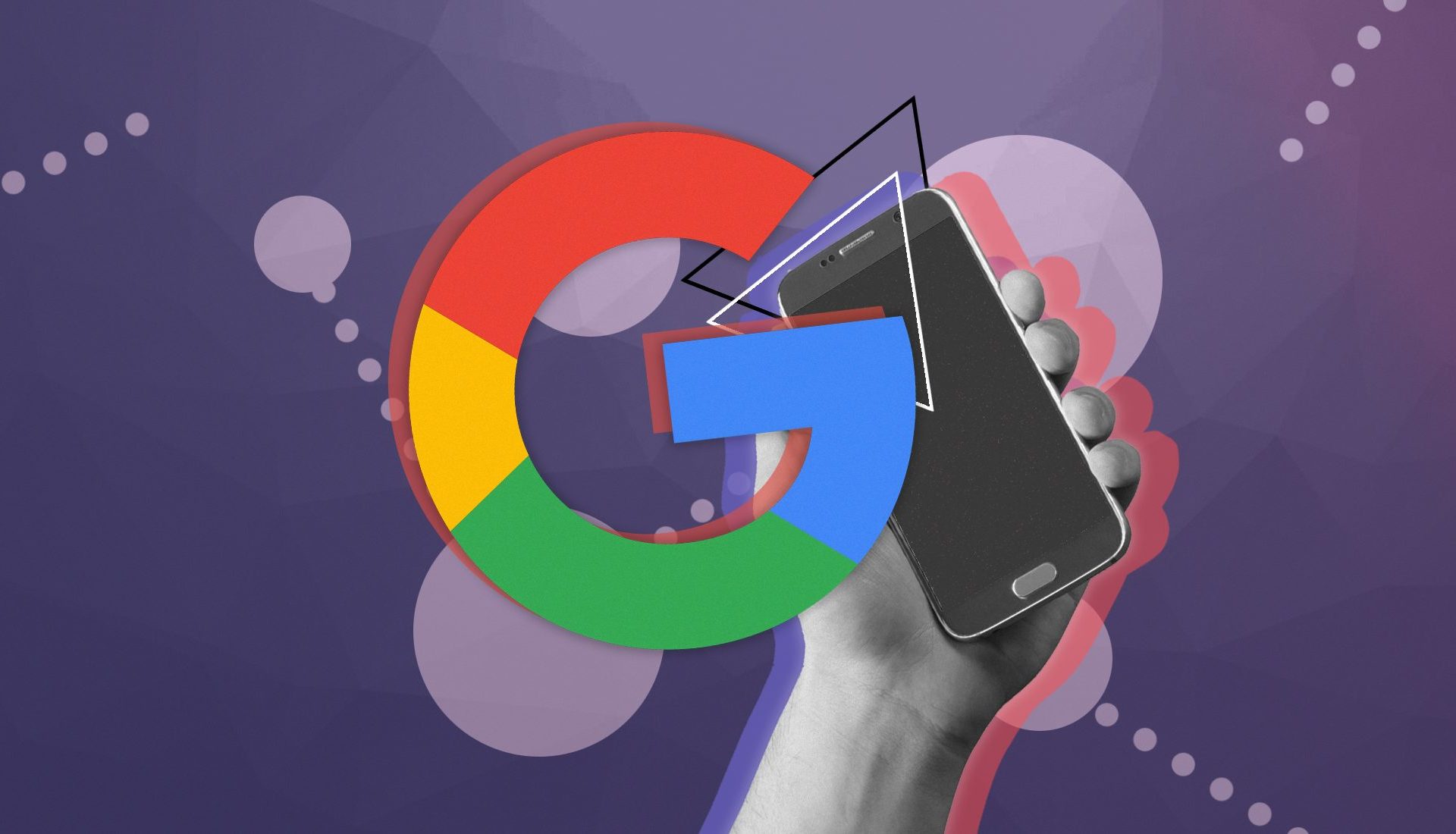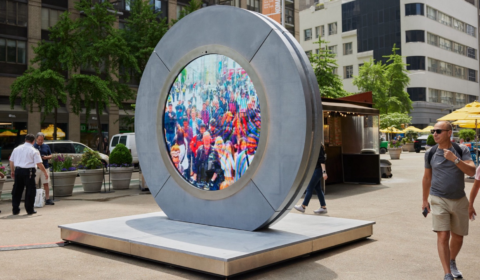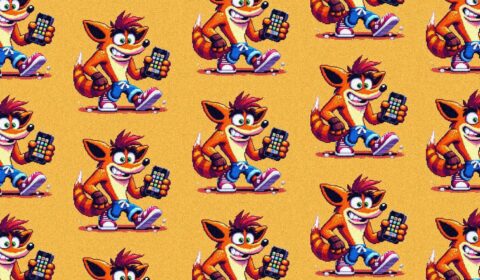The tech giant has been working heavily on its augmented reality platform ARCore and has unveiled a bunch of new features, including depth perception and more spatially aware physics.
Augmented reality has slowly but surely been creeping onto most major social media platforms over the last few years.
Apps such as Snapchat and Instagram have begun implementing the technology to allow users the ability to manipulate their own faces, add virtual objects to rooms, and create on-the-cuff memes and viral content. Big mobile games such as Pokémon Go and Minecraft Earth have also been adopting AR in unique ways, giving gamers the opportunity to role-play in real-life environments.
Google’s been taking note of all this buzz and has been developing its own AR technology through ARCore, a company launched last year that focuses on – you guessed it – augmented reality. While things have been quiet for a while, Google has just announced several new improvements and features that could shake things up moving forward. Time to get your cams out and start manifesting fake cats into your living room for no reason.


What are the new features coming to Google’s AR?
The biggest news is that Google has worked out a way to make occlusion widespread for all developers to use in their apps. Occlusion allows AR to detect where real-world objects are, and hide virtual objects behind them accordingly. This adds a realistic sense of death and placement that was previously unavailable.
If you place a virtual table behind a real chair on your phone, for example, the AR technology will now recognise where to hide the appropriate parts of each object to create the illusion of depth. Google claims its managed to develop these new features with already existing software on most modern Android phones, so most of us will be able to give this fancy occlusion stuff a go straight away.
Other features are in the works too, though most of these won’t be available for a while. Google’s been working on creating more realistic physics and 3D mapping, which means that virtual objects will move about real space more believably and how you’d expect them too. They’re essentially less floaty, bouncing off of small, intricate details on real-world objects, rather than feeling like they’re on top of your camera image.




















